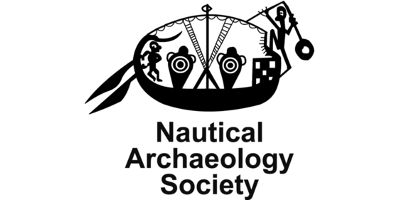Raiders over the River Mersey
29/08/2020 | Andy Sherman
In June 1940 Nazi Germany had completed it's conquest of western Europe and the German air force were able to station squadrons of bombers along the continent's western seaboard and prepare for the on coming air war against Britain. By July the RAF was fighting the Battle of Britain across the skys of souhteast England as the Lufftwaffe fought for air superiority across the country. To defeat the RAF, Luftwaffe bombers carried out a relentless bombing campaign against British airfields. But in August 1940, believing the Royal Air Force to be almost destroyed the Lufftwaffe were ordered to switch targets and instructed to begin widespread air raids against British cities and towns.
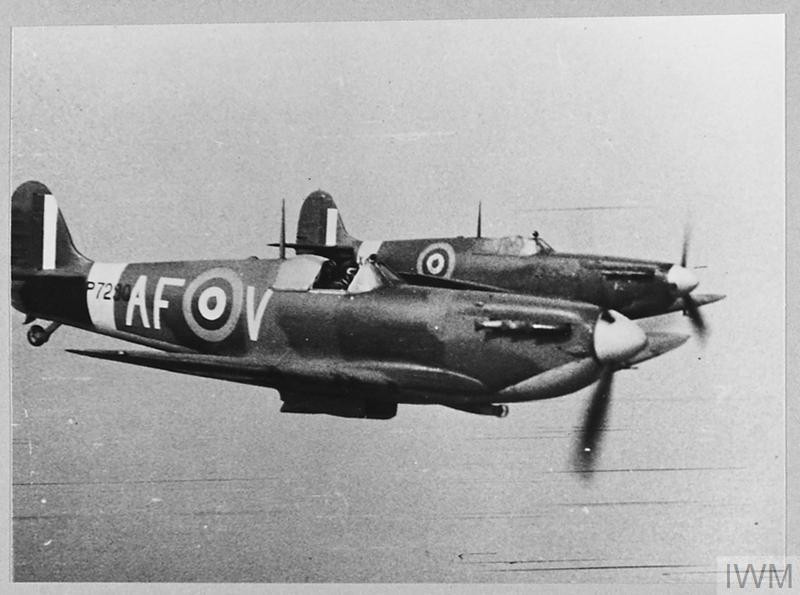
Liverpool was a natural target for such a bombing campaign, by the late 1930's around a third of Britain's imported goods came through the docks on the River Mersey. By the end of the war over 1,200 convoys of up to sixty ships each would cross the Atlantic bringing vital supplies into the docks along the Mersey. Not only did the city have the largest docks on the west coast, ideally suited for receiving food, arms and men from Canada and the United States; Liverpool was also a major manufactory centre with factory's and shipyards spread across Merseyside.
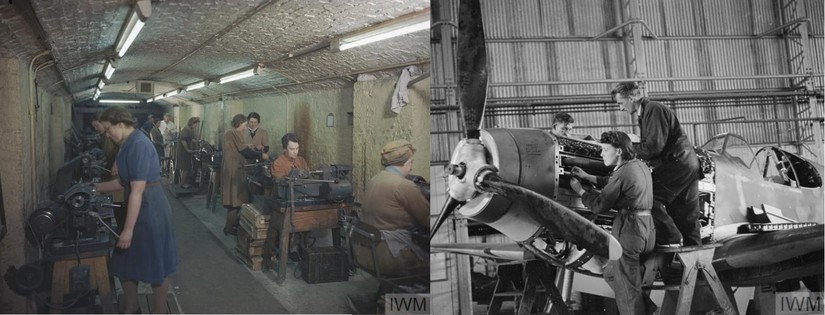
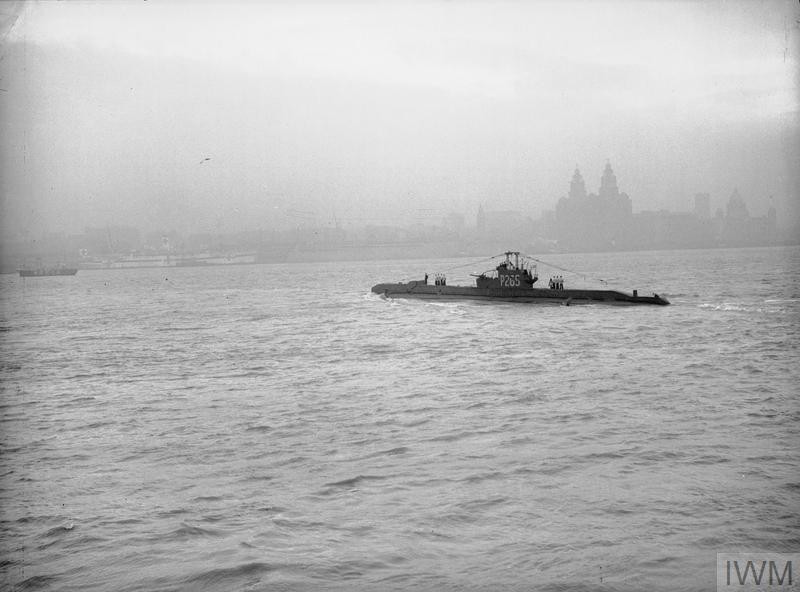
The first raids from the German air force in our Discovery Programme came late in July 1940 when the Luftwaffe dropped a series of naval mines in and around Liverpool Bay, in an effort to hinder shipping coming into port. The Ministry of Home Security's daily intelligents reports recorded mines being dropped off Southport, into the Ribble Estuary and into the Mersey on the 18th, 19th and 24th respectively. The first bombs to fall across the Discovery Programme would also be dropped in July when the villages of Thurstaston, Irby and Neston on the Wirral saw action on the night of the 28th , luckily the bombs would land in the countyside and no injuries were recorded.
The first casualty of Merseyside's blitz would also be recorded on the Wirral when Prenton in Birkenhead was attacked on the night of 9th August. During this raid Johanna Domenica Mandale would sadly be killed while working as a maid. Further casualties would be suffered when Wallasey was attacked the following night with four people killed and twenty eight injured. Throughout August over twenty locations around Liverpool Bay would be attacked with some places like Birkenhead, Wallasey and Liverpool suffering repeated bombings. The most devasting attack of the month would come on the night of the 31st August when bombs rained down across Birkenhead and Liverpool killing twenty nine people and injuring 133.
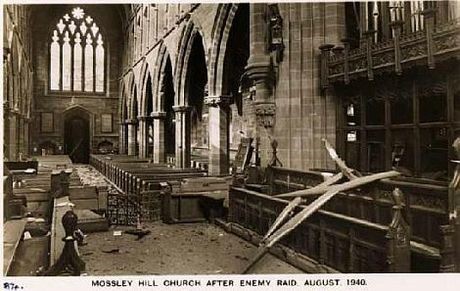
Sadly worse was to come for Merseyside. The largest single loss of life from one piece of dropped ordnance, would happen on the 29th November 1940 when a parachute mine hit Edge Hill Training College on Dunning Road. Boiling water from the central heating system and gas from fractured mains flooded into the tightly packed basement bomb shelter, tragically killing 166 men, women and children.
By the end of the bombing campaign against Merseyside almost 4,000 people would be killed with thousands more injured, over 10,000 buildings were destroyed and 70,000 people made homeless.
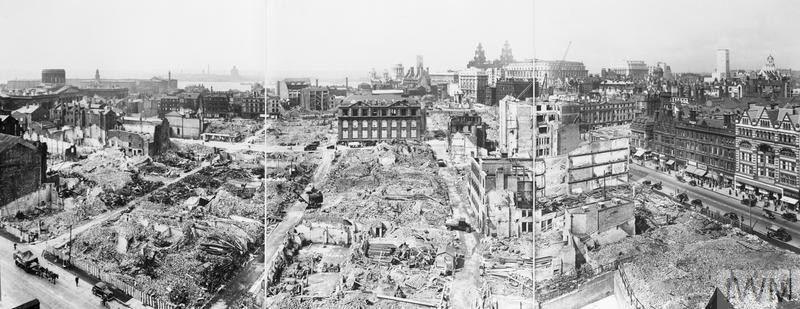
During the course of the blitz across Merseyside hundreds of civillians and armed forces personnel would be rewarded for amazing acts of bravery, saving hundreds of lives. The first gallantry award to be won in Merseyside was presented to a shunter called Norman Tunna who was working on the rail lines around Morpeth Docks during the bombing raid of 26th September 1940. While he was working dozens of incendary bombs started to fall around the goods yard and sidings, most of which were exstiguished before they could cause a problem. But Norman noticed two bombs landed on top of a covered waggon carrying 250lb bombs; climbing on top of the waggon he extinguished the bombs and then removed their fuses. He was assisted in his actions by Ivor Davies and Frank Newns. Norman would be presented with the George Cross for his actions in 1941 while Ivor and Frank would be awarded the George Medal.
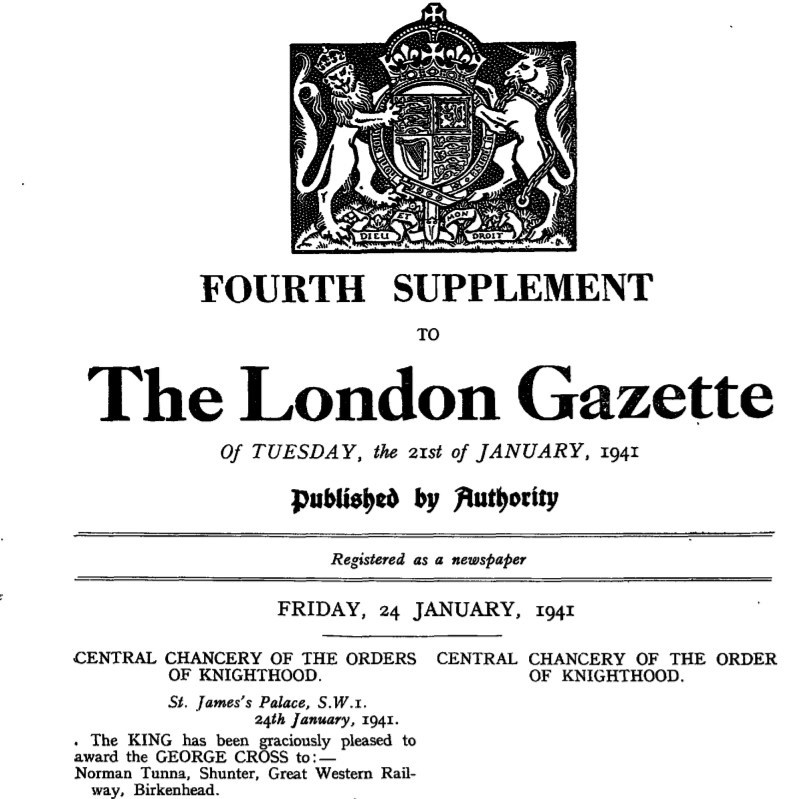
Merseyside was ringed with defences in an effort to reduced the effects of the blitz including anti-aircraft guns, barrage balloons and bombing decoys. To read a little more about the bombing decoy at Formby read this blog.
Evidence of the blitz can be still seen in some corners of Liverpool Docks, if you'd like to explore some of these areas you can try out this self-guided walk around Albert Dock.





